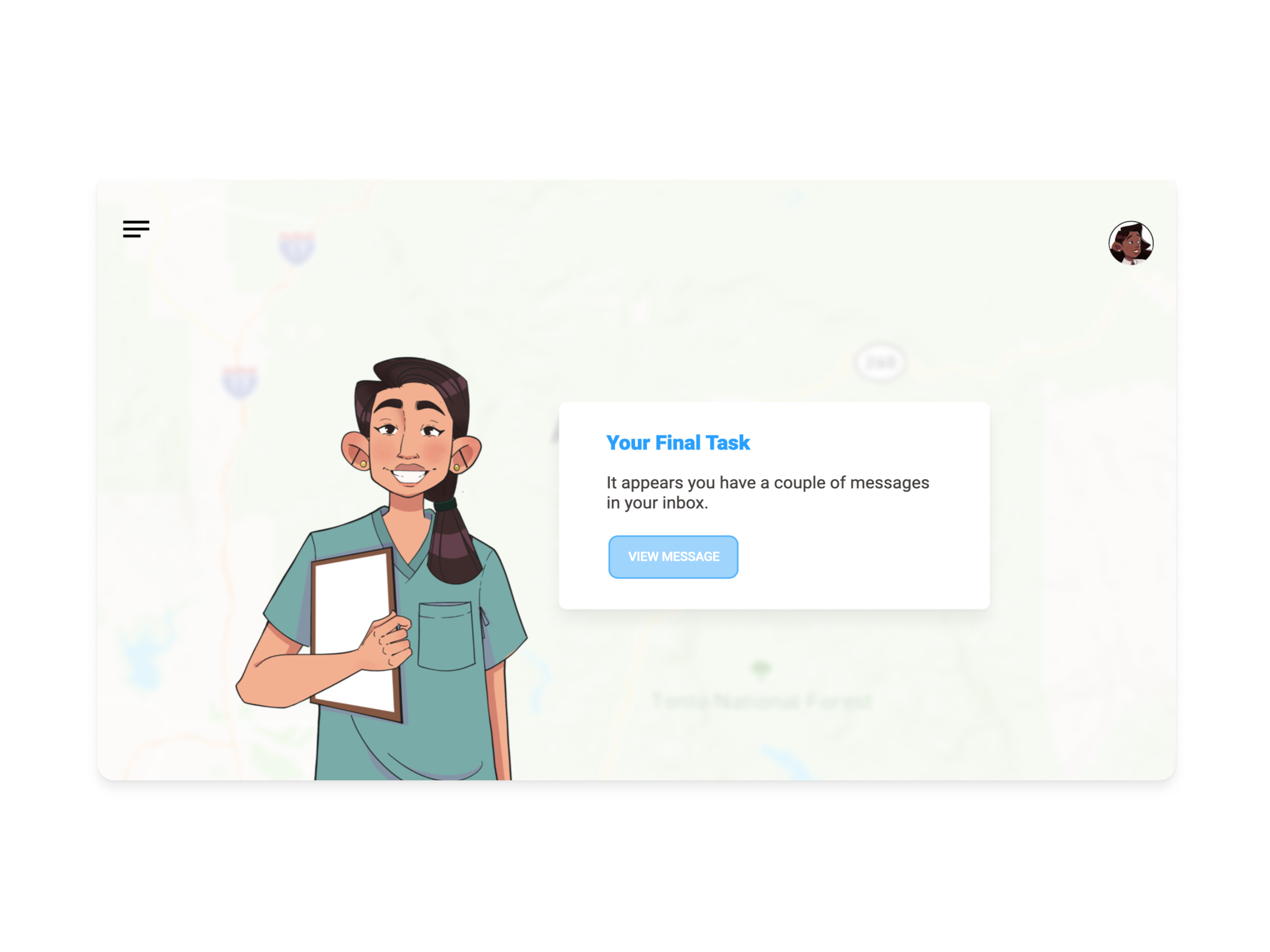

Project is currently being uploaded and will be available shortly.




About: This scenario-based project is designed to support both low- and high-income individuals who struggle with managing their finances by guiding them to plan and budget their income effectively.
Title: Budgeting 101
Target Audience: American adults between ages 18-40
Tools used: Google Slides, Figma, Storyline, Lucid Chart
Year: Spring 2022


According to the Mind and Money survey by Capital One, 77% of Americans report feeling anxious about their financial situation. Many of us have a love-hate relationship with money: we’re excited on payday, yet often find ourselves broke less than a week later. During my needs analysis, I discovered that both low- and high-income earners frequently live paycheck to paycheck. Earning more did not exempt most individuals from financial challenges. So, what’s the solution? Financial literacy. The Global Financial Literacy Survey reveals that only 57% of adults are financially literate. This led me to conduct in-depth research on what financial literacy truly means and to gain a deeper understanding of my target audience.


For the course content, I applied a self-directed learning approach. My goal was to give learners autonomy to explore the material before formally beginning the course. They could set their own pace by skipping content they were already familiar with and access support whenever needed by clicking on the financial advisor’s avatar located in the top-right corner of the screen.


To motivate learners, I created an authentic learning environment where they could view their paystub, plan monthly expenses, and develop strategies to pay off debt, just as they would in real life. By mirroring real-world scenarios, the course promoted meaningful skill transfer and reinforced practical application beyond the learning environment.


Learners received reinforcement from their simulated financial advisor for correct choices. When learners made an incorrect choice, the advisor provided intrinsic feedback by explaining the consequences of their decision rather than explicitly stating it was wrong. This approach encouraged learners to reflect on their choices and try again


Lorem ipsum dolor sit amet, consectetur adipiscing elit. Suspendisse varius enim in eros elementum tristique. Duis cursus, mi quis viverra ornare, eros dolor interdum nulla, ut commodo diam libero vitae erat. Aenean faucibus nibh et justo cursus id rutrum lorem imperdiet. Nunc ut sem vitae risus tristique posuere.

I created a visual mockup using Figma. Designing on Figma allowed me to make several iterations to the design before going into the Storyline to add triggers and interaction. The visual mockup acted as a storyboard and helped cut down time when developing the course in Articulate storyline. After developing the entire course on Storyline, I shared the course via Review 360 with friends and colleagues to test and provide feedback. Then, I incorporated relevant feedback into the course.






When developing the course in Articulate Storyline, I realized it wasn’t necessary to design the entire course in Figma. Elements such as the question slides and feedback layers followed a repetitive design and layout. Creating a single template for each section in Figma was sufficient, since I ultimately duplicated these designs in Storyline and made only minor adjustments, such as updating text and triggers. In addition, I collaborated with an illustrator to produce course artifacts. Drawing on my art direction skills, I effectively communicated design ideas and provided clear, actionable feedback to ensure alignment with the course vision.